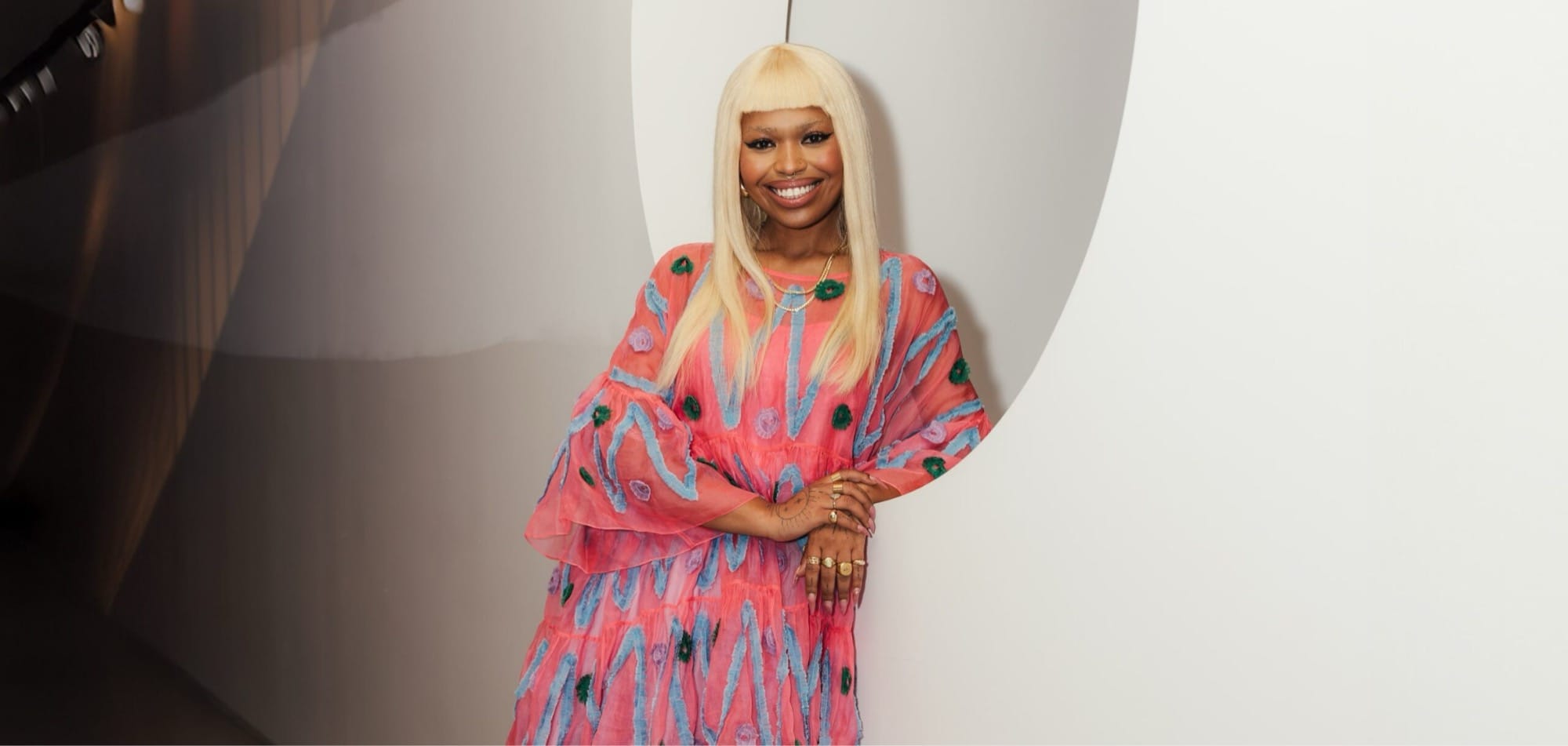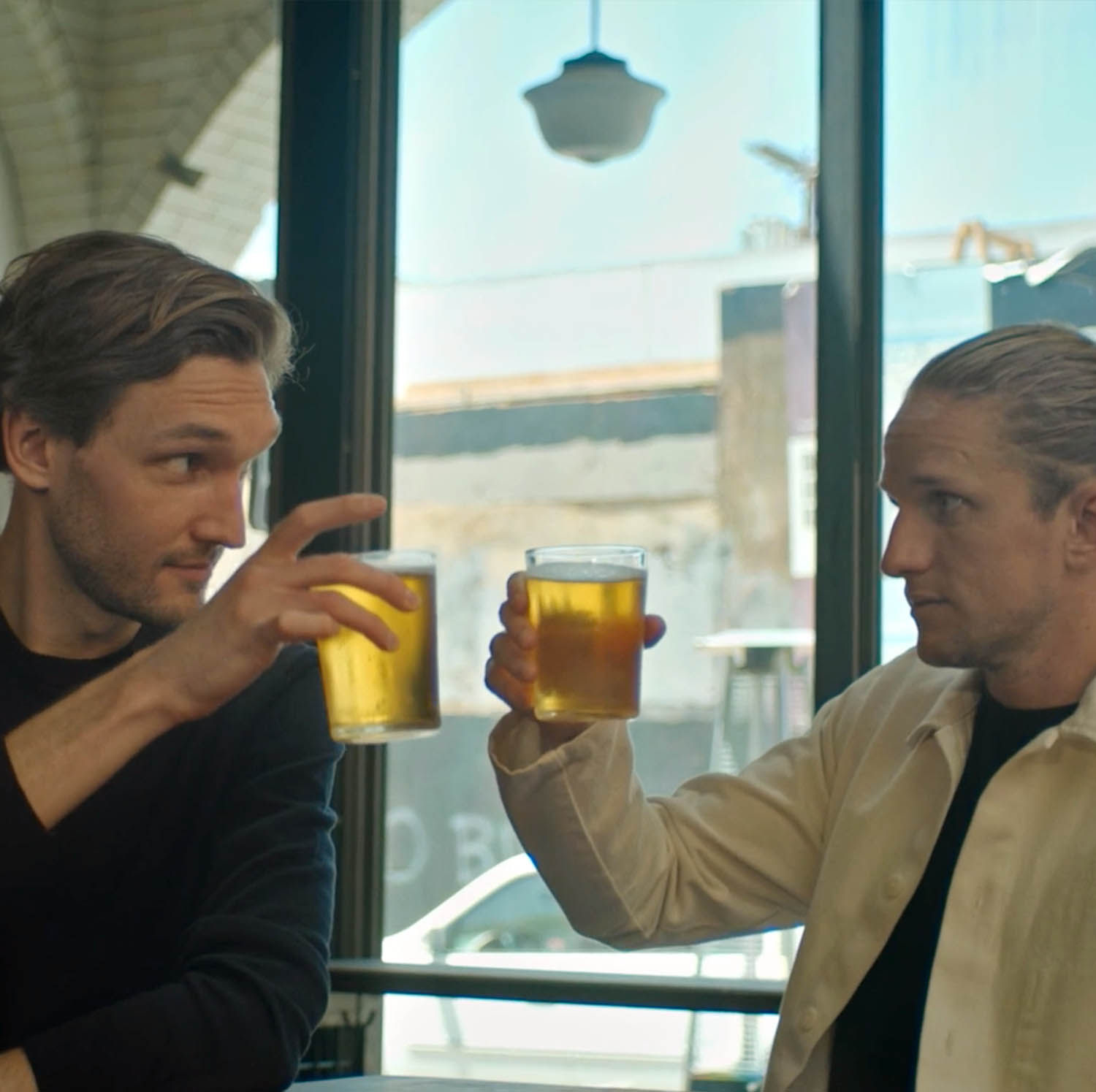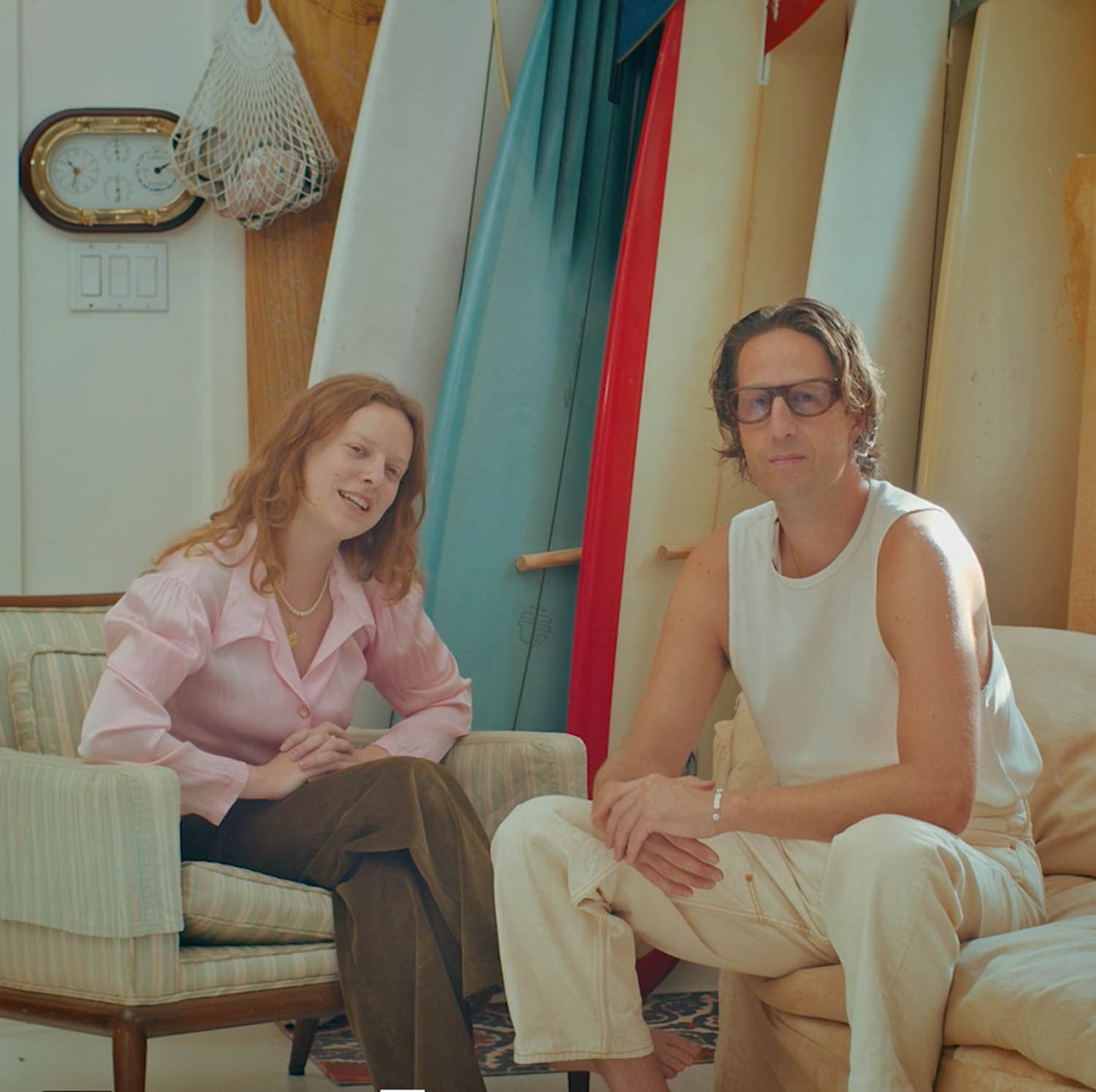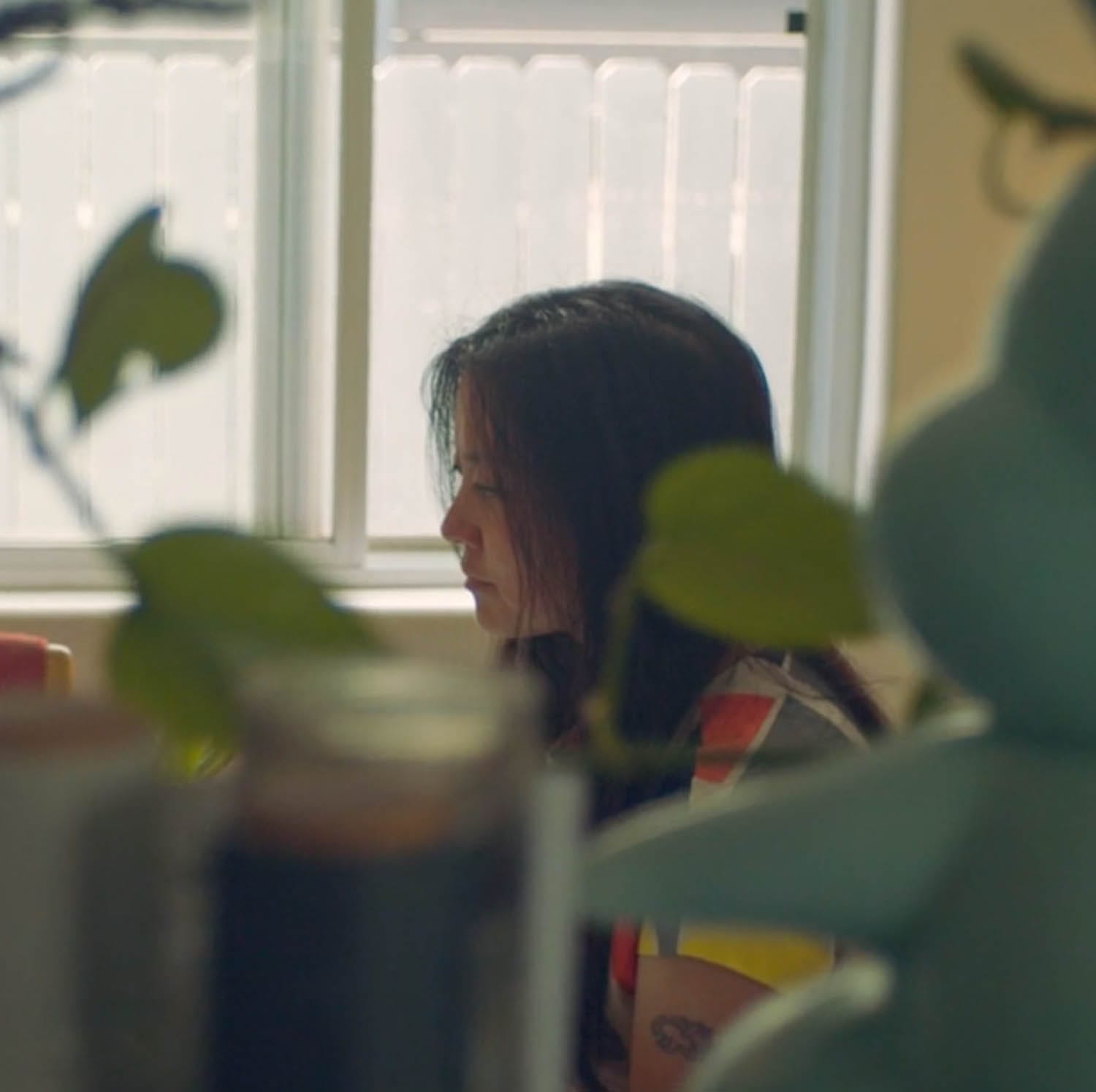Creative Spotlight: Autumn Breon
Autumn Breon, a Stanford alumna who studied Aeronautics & Astronautics, will tell you that working in STEM is not so different from her artistic practice today. “As humans, we are creative beings. So I see engineering as extremely creative as well,” she says. “I use what I learned when I trained as an engineer in my work now; I’m just applying the scientific method to art. I start with some kind of hypothesis, and you just have to find a way to either prove what you hypothesize or to adjust it based on testing. So I just applied that to my creative practice now.” Last month, Autumn’s interactive installation, “Care Machine,” showcased at NeueHouse Venice Beach during ART&. While she was at the house, the multidisciplinary artist spoke to NeueJournal about her creative process, and the connection between her art and leisure, activism, and a place called Planet Esoterica.
NeueJournal:
As an LA native, how does the city influence your art? And as an artist, how do you find ways to preserve the LA that you know and love while also making room for innovation?
Autumn Breon:
Yes, I was born and raised in Los Angeles, in South Central. It very much influences my work—I think LA is such a fantastic place to grow up, because of the multiple opportunities for engaging with creativity. We have the Getty Museum, the Brode and LACMA, but also the Museum of African American Art, the California African American Museum, really, really great institutions that preserve the legacy of the LA rebellion, the Black Arts. Really important movements within art that were based in the city, and artists that worked in the city.
History, research and data collection play a really important part of the work that I create. I’m really interested in histories that are sometimes overlooked. So I did a performance piece and worked on an AR sculpture with Kinfolk app. It was a sculpture of Biddy Mason, and I did a performance to honor her. She was a Black woman that was forced to walk from Texas to the west. And when she found out that she could be free when she was in California, she went to court, got her freedom, her children’s freedom, started working—she was trained as a midwife. So she worked as a nurse and started buying property and ended up being a millionaire in her lifetime and owned most of the property in what’s now downtown Los Angeles. Rich histories like that really inspire me to show up in my work.
There’s a directional sign I worked on called “This Way To Leisure.” It’s in a show right now at the College of the Desert. And it’s a sign that points to different leisure sites that existed in Southern California, and some that still do exist, including Bruce’s Beach, Bay Street Beach (in what’s now Santa Monica), Lake Elsinore. All of these places that I’m really fascinated with because Black folks created places dedicated to leisure. I used all of that information for a performance I did at Frieze last year called Swag Surf and the Water. I was carried in on a golden surfboard and performed with the great AME church choir, which is a choir that my grandmother sang in, my aunt sings in, and it’s a church that multiple generations in my family have been in, just in Watts. I was able to honor the dedication to leisure, and also the idea that leisure is not a luxury or a “nice to have,” but it’s essential and it helps sustain us. I love imagining and being really intentional about modeling the future that I want for Los Angeles, while honoring the history of Los Angeles.
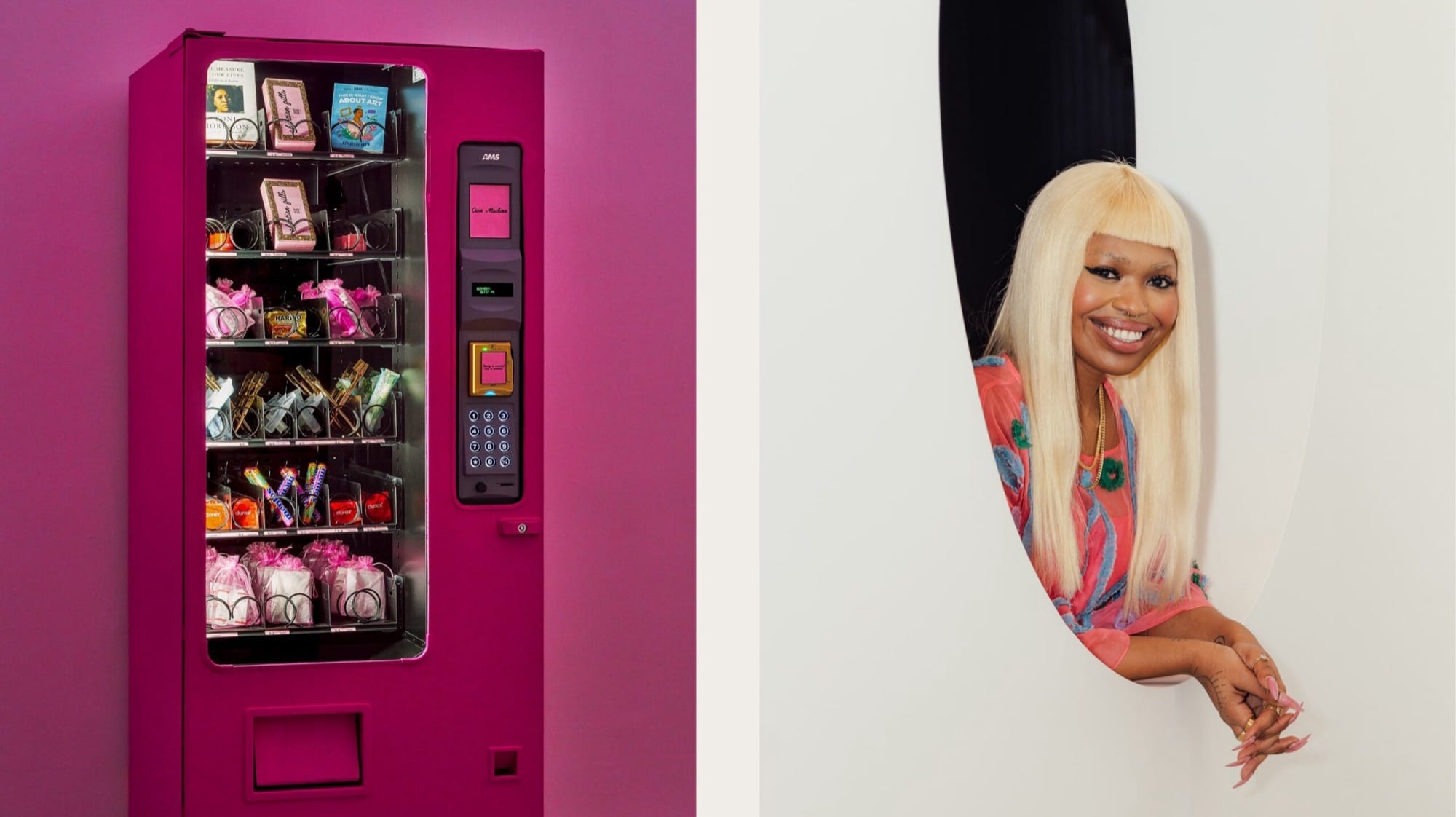
NeueJournal:
A lot of your work focuses on this idea of leisure, and care as a necessity as opposed to a luxury. What interests you about that specific intersection, and challenging the idea that these are two concepts that are diametrically opposed?
Autumn Breon:
We know, inherently, how important leisure is to us. I think that systems like colonization and capitalism have convinced some folks that it’s something that’s reserved for luxury or for certain folks in a certain socioeconomic status—but we know how important rest is to us. We know how important it is for us to take care of ourselves. I see my work as providing a reminder of the different ways that care can show up, because I really believe that when we care for ourselves, we’re able to care for folks near us, and then for our communities and society as a whole.
I’ve started reframing how I think about my practice, where I think of beauty as a verb: not just something that’s nice to look at, but beauty as this conjuring that you’re able to do, where you might be dealt something that you didn’t ask for, something that could be really ugly. But what’s the power and the agency that you have to convert that into something that pleases you, that provides care. I think of my work as ways to remind audiences of that.
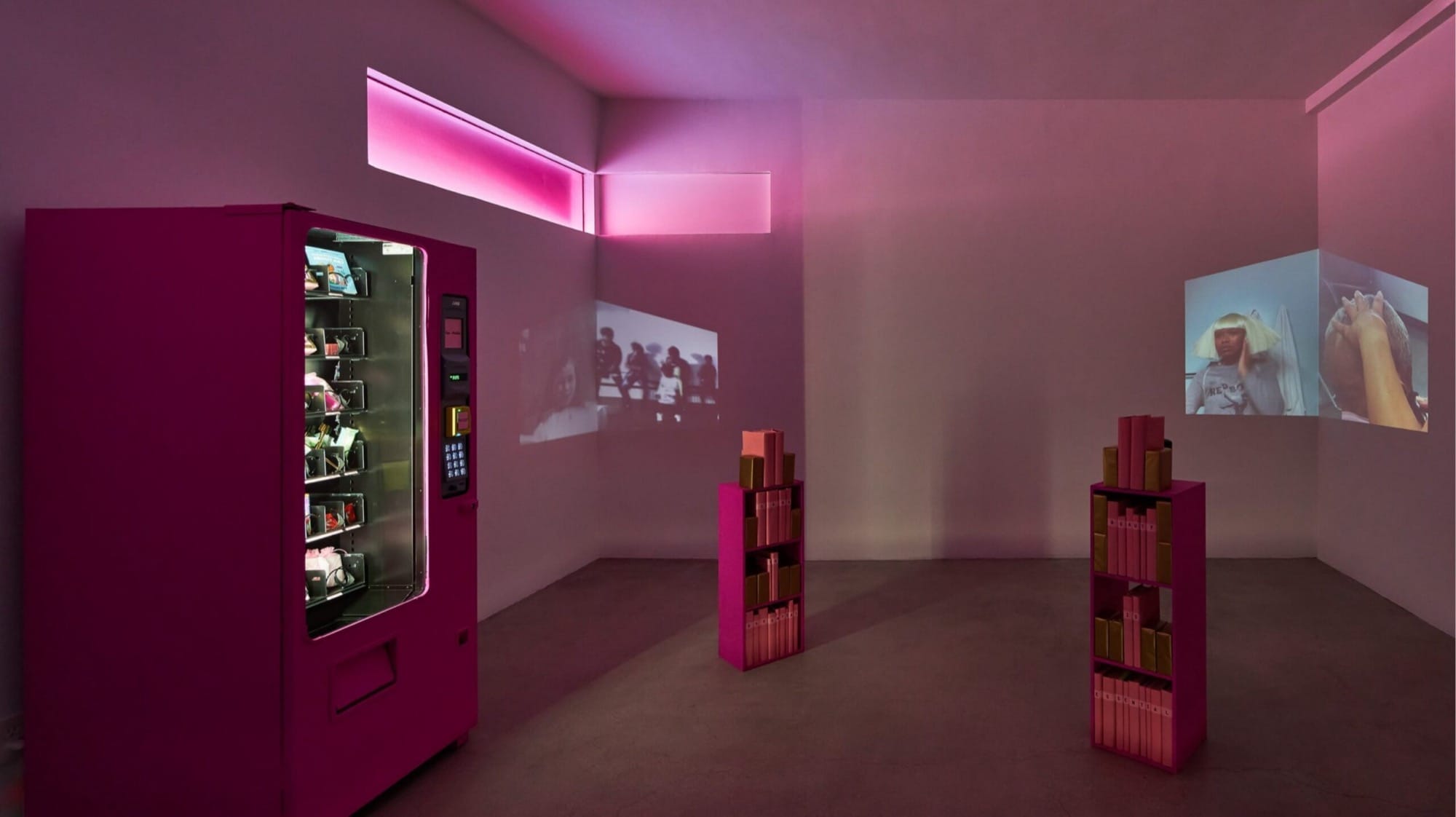
NeueJournal:
A lot of your work focuses on this idea of leisure and care as a necessity, as opposed to a luxury. What interests you about that specific intersection, and challenging the idea that these are two concepts that are diametrically opposed?
Autumn Breon
We know, inherently, how important leisure is to us. I think that systems like colonization and capitalism have convinced some folks that it’s something that’s reserved for, for luxury or for certain folks in different socioeconomic status— but we know how important rest is to us. We know how important it is for us to take care of ourselves. I see my work as providing a reminder of the different ways that care can show up, because I really believe that when we care for ourselves, we’re able to care for folks near us, and then our communities and society as a whole.
I’m really influenced by Audre Lorde, by Tricia Hersey, the founder of the NAT ministry, and how they frame rest. And also beauty. I’ve started reframing how I think about my practice, where I think of beauty as a verb. So not just something that’s nice to look at, but it’s this conjuring that you are able to do, where you might be dealt something that you didn’t ask for, something that could be really ugly. But what’s the power and the agency that you have, to convert that into something that pleases you, that provides care. So I think of my work as ways to remind audiences of that.
NeueJournal:
Speaking of care, can you tell us about your installation, the Care Machine? What was the inspiration behind this specific piece? And how did you go about deciding which items to include?
Autumn Breon:
I started by asking Black women, if you had anything that you wanted, that provides care and or reminds you of care, and it was available whenever you needed it? What would it be? What would you want? I collected all of their responses. And that’s the data collection that’s in most of my work. I’m usually presenting some kind of question or prompt where folks can respond to it.
I use this hotline called the “esoterica hotline.” Esoterica is the planet that all of my performances, ceremonies, and the objects that I make come from. It’s a few hundred light years from Inglewood. It’s where ancestors go—instead of dying, they just transition to go to this other planet. And through wormholes, they provide humans with reminders for what they need to get through being on planet Earth. I imagined this hot pink vending machine coming from “planet Esoterica” to planet Earth. And it had to be filled with everything that’s essential, everything that provides care. I programmed everything to be free because the idea is that all of these things should be accessible and they should be free. Everything from condoms, candy, lip gloss, edge control, books, tampons, pads, abortion pills, voter registration and resources. And I worked with Plan C, which is this phenomenal group. They make abortion pills by mail accessible— you literally go to their website, put in your location, and find out how to get abortion pills by mail wherever you are. So I wanted to work with them to make sure that those resources were available in the vending machine because I think that’s something else that should be available for all of us everywhere.
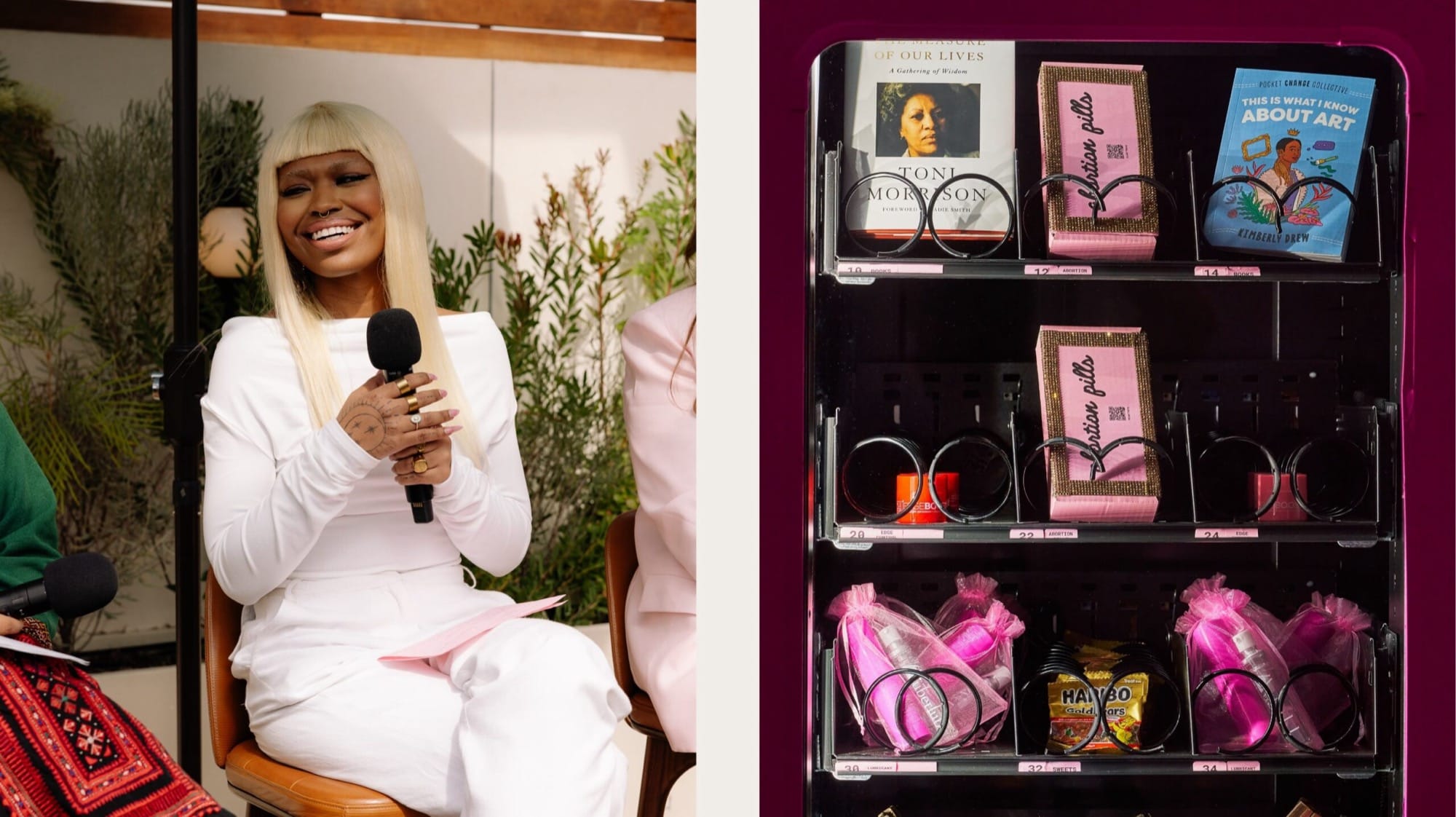
NeueJournal:
Can you talk about that intersection between art and activism? In the summer of 2020 you organized an action celebrating Bruce’s Beach, which was a Black-owned beach resort that was seized by the city of Manhattan Beach using eminent domain. Can you tell us about that?
Autumn Breon
Art and activism coexist for me in my practice. One can’t exist without the other, and they feed each other in that kind of symbiotic relationship I was talking about. I feel like art is the language that I use to share and invite other folks to help imagine the world that I want to live in. It’s a language that’s accessible. A lot folks weren’t even aware of Bruce’s Beach; they didn’t know that a Black beach existed in Manhattan Beach. I was able to use performance to inform people, but also to help mobilize.
NeueJournal:
Your work spans so many artistic mediums: installation, performance, visual displays. Can you shed some light on your creative process? How do you decide which medium to work in?
Autumn Breon:
It depends on the body of work, and the message that needs to be communicated. So for Protective Style [ at Hauser & Wirth] I was honoring Bernice Robinson, this Black woman in South Carolina, that used her hair salon to teach folks how to read and write, so that they could register to vote back when there were literacy tests. And I was just obsessed with the idea of these movements are hidden in plain sight—something that might look like a hair salon from the outside, but there’s actually organizing and mobilizing happening inside, in addition to the beautification of bodies. So I imagined these giant hair grease jars that have everything that you need to protect you from the dangerous things in the world. I decided that sculpture was the best way to communicate that, so I made these like wooden jars called “Protective Style”, because it’s kind of like a play on words where protective style is a hairstyle thatkeeps your hair protected, but also like imagining adornment as protecting us as well. So it depends on the message. That’s how I decide on the medium.
NeueJournal:
Speaking of being multidisciplinary— how does your background as an engineer influence your work as an artist?
Autumn Breon
I think that we are all creative. As humans, we are creative beings. So I see engineering as extremely creative as well. And yeah, the work that I do is very different than working on small satellites, like I did at one point in my life, but I feel like I use what I learned when I was trained as an engineer in my work now— I’m just applying the scientific method to art, because it’s very similar. You start with some kind of hypothesis, and you just have to find a way to either prove what you hypothesize or to adjust it based on testing. So I just applied that to my creative practice now. So it doesn’t feel that different for me actually.
NeueJournal:
Do you remember a moment in your life when you knew you wanted to be an artist?
Autumn Breon:
Probably the first time I saw an Alvin Ailey performance, in fifth or sixth grade. I saw Revelations, and I was so moved. The choreography, really embodied and illustrated these negro spirituals that I was growing up with. Seeing bodies as art, and the tableaus that were created through the choreography, I think that’s when I knew I wanted to create art. I knew I wanted to make something like that multiple people could take in and have the opportunity to like to see themselves and to be moved by something and identify with it.
—
